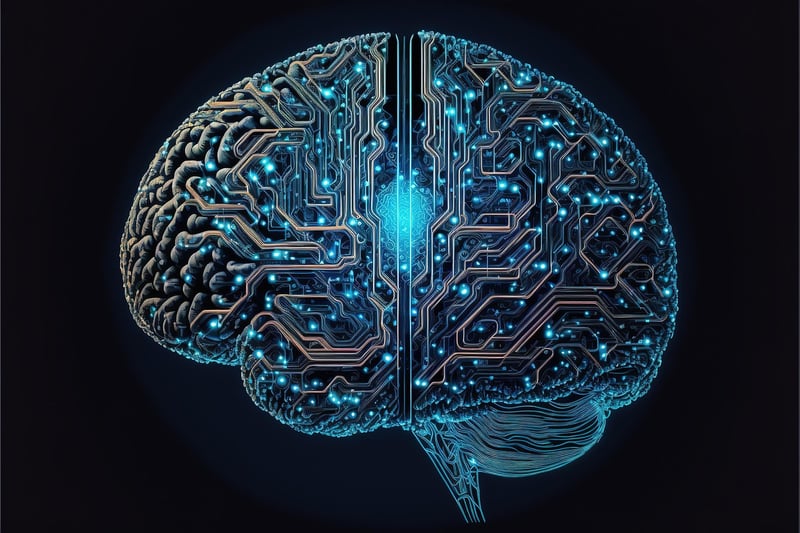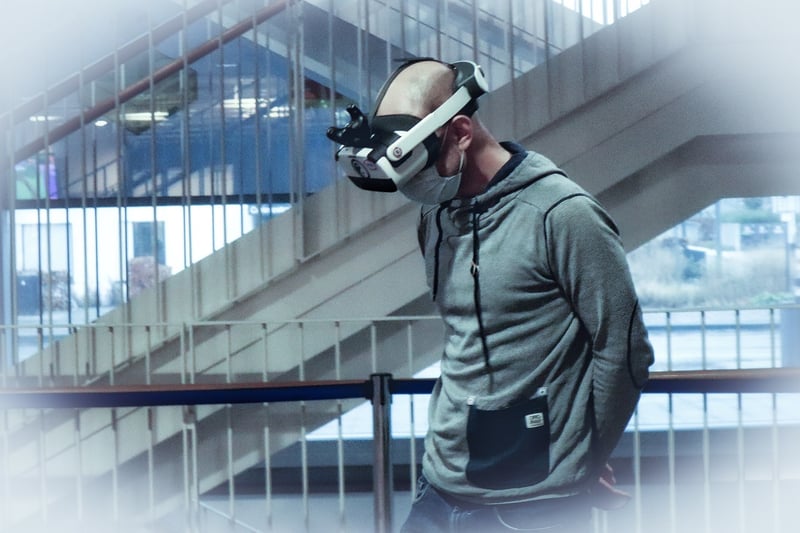Life Support
The Intersection of Cutting-Edge Technology and Life Support
As technology continues to advance at an unprecedented rate, its application in the field of life support systems has revolutionized the way we approach medical care and emergency response. From remote monitoring devices to artificial intelligence algorithms, cutting-edge technology is playing a critical role in enhancing the effectiveness and efficiency of life support interventions.
Remote Monitoring Devices
One of the key advancements in life support technology is the development of remote monitoring devices that allow healthcare professionals to track vital signs and intervene promptly in case of any abnormalities. These devices can transmit real-time data to medical teams, enabling timely decision-making and personalized care for patients, especially those in critical conditions.

Artificial Intelligence in Life Support
Artificial intelligence (AI) has emerged as a powerful tool in life support systems, offering predictive analytics and decision support capabilities. AI algorithms can analyze vast amounts of data to identify patterns and trends that may not be apparent to human caregivers, thus improving diagnosis accuracy and treatment outcomes.

Robotics in Emergency Response
Robotic systems are increasingly being used in emergency response scenarios to assist with life support tasks such as CPR, patient transport, and medication delivery. These robots can navigate complex environments, communicate with medical personnel, and perform repetitive tasks with precision, reducing the burden on healthcare providers and improving patient outcomes.

Virtual Reality for Training and Simulation
Virtual reality (VR) technology is being leveraged in the training of healthcare professionals involved in life support situations. VR simulations offer a realistic and immersive learning experience, allowing practitioners to practice complex procedures, enhance decision-making skills, and improve teamwork in high-pressure scenarios.

Conclusion
The fusion of cutting-edge technology with life support systems has opened up new possibilities for improving patient outcomes, enhancing healthcare delivery, and saving lives in critical situations. By embracing innovation and integrating advanced technologies into medical practices, we are paving the way for a more efficient and effective approach to life support.
